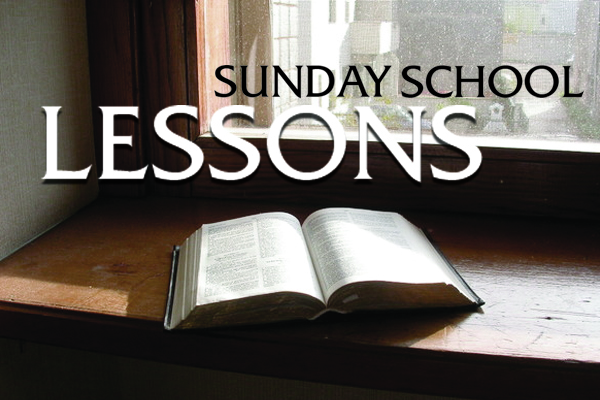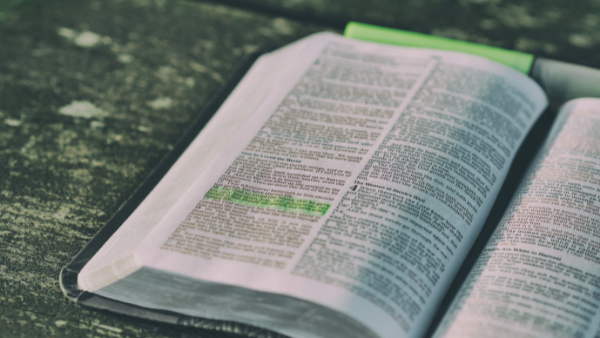By Jim Barnette, Ph.D.
Samford University and Brookwood Baptist Church, Mountain Brook
I Am a Priest
1 Peter 2:4–10
We are a priesthood of believers who offer spiritual sacrifices. (4–5)
This whole section of Peter’s epistle is built on a collection of Old Testament passages that refer to stones. The multiple references suggest that “stones” was a frequent image used in the early church to describe themselves and the Lord who is the Cornerstone. Verse 4 uses two adjectives to describe Christ as a stone: “living” and “precious.” So in verse 3 the hope into which Christians are born anew is a “living hope” and in verse 7 the faith that Christians show is “more precious than gold.” This passage reveals the contrast between what worldly people value and what God values. Worldly people have rejected this stone as if it were dead and worthless. God has chosen this stone as living and valuable.
In the old order among pagans, priests were a separate caste, set apart like the sons of Aaron. In contrast, all those in the living temple are priests with direct access to the God who equips them for His service. In the old order, sacrifices were material, animal or vegetable. In the new temple of living stones where every believer is a priest, the sacrifices are different. They are sacrifices of praise and worship. Note that Peter is speaking of what Christians are collectively. None of this is done alone. We are “cemented” together in making up God’s temple. There are no freelance Christians according to God’s Word; we are alive in Christ together.
Jesus Christ is the foundation for our position as priests. (6–8)
As heirs of Israel, Peter designates the church as the “people of God” and as those who have “received mercy.” These two terms are taken from Hosea chapters 1 and 2. In Hosea the contrast was between unfaithful Israel rejected by God and the renewed Israel accepted by God. Here Peter applies this to the Gentile past of his readers, who now by divine mercy have been incorporated into the renewed people of God. The final word is one of divine initiative and saving mercy. The readers’ new identity is now defined by the grace they have received through Christ.
We are a priesthood of believers who proclaim God. (9–10)
After introducing the image of the Church as a priesthood in verse 5, Peter elaborates on this image in verse 9 by describing our priestly position and function. The apostle explains what he means by “spiritual sacrifices” noted in verse 5. They include the submissive sufferings mentioned so often in the letter, but also the kind of sacrifice extolled in Hebrews 13:15 — that of “proclaiming our allegiance to His name.” So we are to “declare the praises of God.” Hence the church’s mission to proclaim God’s “mighty acts.” The church does not witness to itself and its own experience, but to what God has done, what God is doing and what God is going to do.
Here Peter reminds us that we are called not only to do significant works in His name but to proclaim His name with our lips. To do acts of Christian kindness is a good thing; however, not to couple these good acts with the verbal declaration of the gospel amounts to mere humanitarian work. For all members of Christ’s priesthood, selfless service must be punctuated by a robust, unabashed confessionalism. To paraphrase Peter’s fellow missionary, Paul asks us in Romans 10:14, “How can they believe in Him if they have never heard about Him? And how can they hear about Him unless a member of the royal priesthood tells them?”




Share with others: